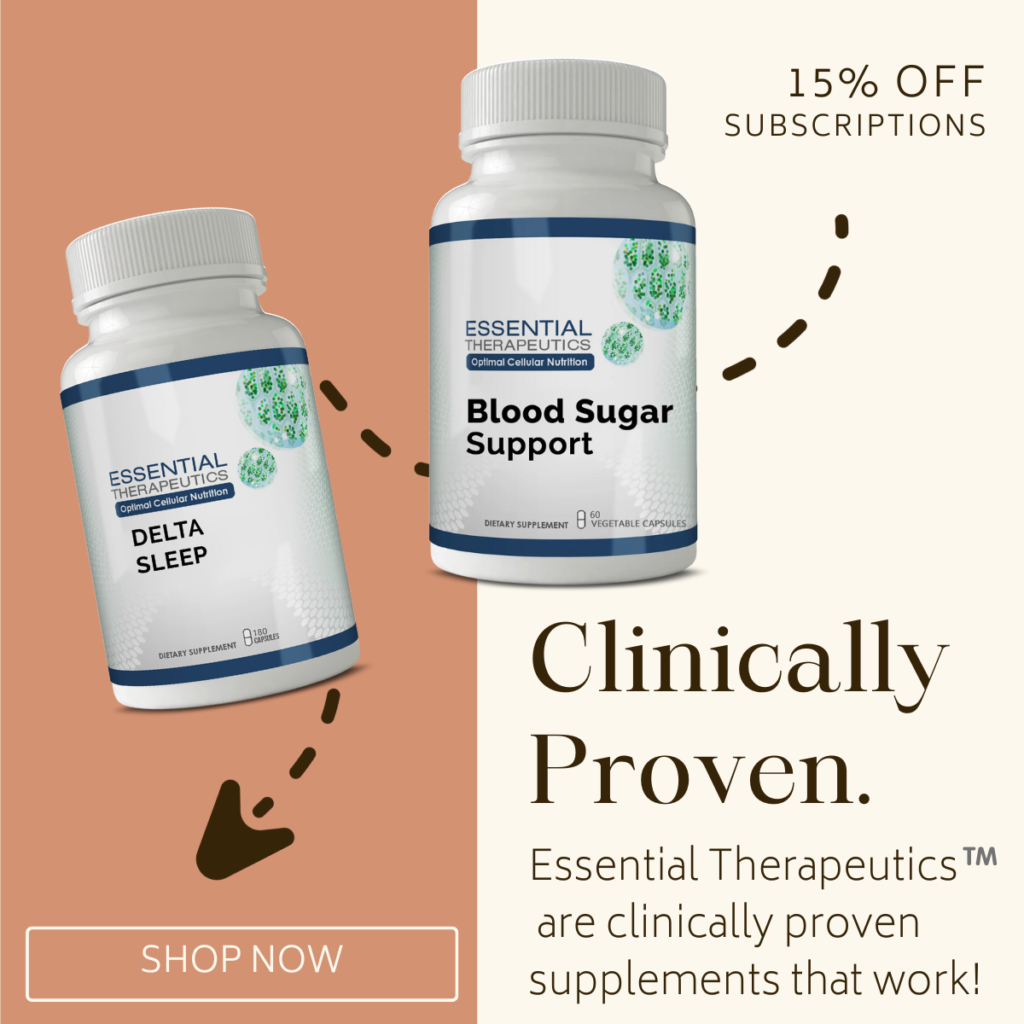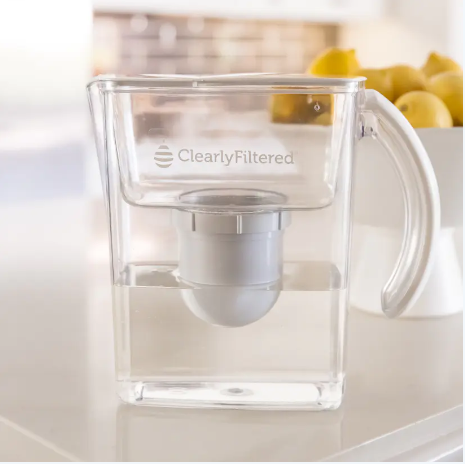
Tea Is A Super Food
There’s compelling evidence that tea reduces the risk of heart disease, and possibly even helps prevent cancer and Alzheimer’s disease.
In fact, tea is considered a super food – black, green, white, or oolong tea.
All these teas come from the same tea plant, Camellia sinensis. The leaves are simply processed differently. Green tea leaves are not fermented; they are withered and steamed. Black tea and oolong tea undergo crushing and a fermenting processes.
All teas from the Camellia plant are rich in polyphenols, antioxidants that detoxify cell-damaging free radicals in the body. Tea has about eight to 10 times the polyphenols found in fruits and vegetables according to long-time tea researcher John Weisburger, PhD, senior researcher at the Institute for Cancer Prevention in Valhalla, N.Y.

Drink Tea Lose Weight
The American Journal of Clinical Nutrition reports that drinking caffeinated tea helps burn fat and promote weight loss. Green, white and oolong teas contain the potent antioxidant known as catechins. Just 4 cups a day of caffeinated tea may help shed some of those unwanted pounds.
In this study, researchers looked at the effects of catechins on body fat reduction and weight loss in a group of 35 Japanese men. The men had similar weights based on their BMI (body mass index, an indicator of body fat) and waist sizes.
The men were divided into two groups. For three months, the first group drank a bottle of oolong tea fortified with green tea extract containing 690 milligrams of catechins, and the other group drank a bottle of oolong tea with 22 milligrams of catechins.
During this time, the men ate identical breakfasts and dinners and were instructed to control their calorie and fat intake at all times so that overall total diets were similar.
After three months, the study showed that the men who drank the green tea extract lost more weight (5.3 pounds vs. 2.9 pounds) and experienced a significantly greater decrease in BMI, waist size, and total body fat.
In addition, LDL “bad” cholesterol went down in the men who drank the green tea extract.
The catechin content varies by amount of green tea used and steeping time. But general recommendations, based on previous studies on the benefits of green tea, are at least 4 cups a day.

Here’s a tip: The longer you steep the tea, the more flavonoids/catechins you’ll get in your brew.
Catechins, a type of disease-fighting flavonoid and antioxidant, are the keys to tea’s health benefits. Green tea has some of the highest concentration of polyphenols, especially catechins
The green tea business is now booming, thanks in part to the widespread reports about the high concentration of the health benefitting effects of catechin, found in green tea. Catechin is a type of polyphenol, which is a powerful antioxidant found not only in green tea, but other teas, as well as in garlic, fruits, potatoes, and some varieties of nuts. Actually, antioxidants destroy free radicals, which can damage the body at the cellular level leaving the body susceptible to cancer, heart disease, and many other degenerative diseases. There are many kinds of polyphenols, but catechins are the strongest of them all.
Among the several types of catechin that exist, Epigallocatechin gallate (EGCg) is the most powerful antioxidant, and green tea contains much more EGCg than any other kind of tea, such as black tea, or oolong tea. That’s why green tea has received such attention of late.
Experts recommend drinking 3-6 cups a day. If you have issues with poor sleep, then be sure to avoid tea or any caffeinated beverages past 4 pm.

Healing Affects of Bath Salts
For over 2,000 years, the Dead Sea has been renowned for its therapeutic effects on bathers. Recently, studies have been done on the health benefits bathing in Dead Sea salts:
One such study was conducted by Dr. I. Machtey on 103 patients suffering from osteoarthritis and tendinitis…. Improvement was found after as little as one week of treatment for those treated with 7.5% or 2% salt baths. By the study’s end, 80% of the patients reported less pain; 70% experienced improved mobility and 60% were able to decrease their use of analgesics.
All bath salts are sea salts (with the exception of Epsom salt and Himalayan salt), and are obtained naturally from evaporating seawater. Research shows that adding a little sea salt to your bath can increase circulation, ease muscle cramps, relieve arthritis or back pain, and soothe achy, overworked legs and feet. Plus sea salt helps cleanse and detoxify your skin, the largest organ in the body.
I often recommend my patients use epsom salt baths to reduce their achy, tight muscles.
Epsom Salt
Did you know-Epsom salt isn’t actually salt. Epsom salt is a pure mineral compound of magnesium sulfate in crystal form, so it looks an awful lot like salt. But it has no sodium chloride. Sodium chloride is salt. Salt is sodium chloride.
Epsom salt is made up of naturally occurring minerals magnesium and sulfate, which can help improve health in numerous ways. A lack of magnesium—which helps regulate the activity of more than 300 enzymes in the body—can contribute to high blood pressure, hyperactivity, heart problems, constipation, depression, fatigue, restless leg syndrome, and other health issues. Magnesium is one of the most important stress coping chemicals and is quickly depleted in times of stress. The more stress we are under the more magnesium is needed. In today’s fast paced culture, most Americans are suffering from deficient magnesium levels.

More than 80 percent of Americans are deficient in magnesium, which helps the body regulate heart muscles and control high blood pressure.
Along with taking additional magnesium on a daily basis, epsom salt baths offer a way to optimize our magnesium levels.
Sulfate is essential for many biological processes, helping to flush toxins and helping form proteins in joints, brain tissue and mucin proteins.
Next time you’re feeling some aches and pains, try taking a warm 20-minute bath with one to two cups of epsom salts. Trust me you’ll become addicted.
I like to mix together, one cup epsom and one cup regular sea water bath salts with several drops of eucalyptus for a soothing, health promoting bath that’s cleans the skin, relaxes the muscles and opens up the sinuses.

Heart Disease Medical Myths
Almost one million Americans die each year from cardiovascular related illnesses. This number accounts for 41 % of all deaths in the United States each year. In fact, cardiovascular disease claims as many lives as the next eight leading causes of death combined, including cancer, accidents, and AIDS. And, despite an aggressive campaign launched by the American Heart Association to counter the epidemic of heart disease, one person dies from it every 33 seconds.
For nearly four decades, we have relied on medical myths to guide us in our attempts to prevent and treat cardiovascular disease. We have been told to reduce our cholesterol, saturated fat intake, and to take lipid-lowering medications.

Myth One: Prescription drugs are a safe and effective way to manage high blood pressure and heart disease. Fact: Calcium channel blocking drugs increase the risk of stroke, heart attack, and death by 500 percent! While heart attacks have slightly declined, CHF (congestive heart failure) has more than doubled since Lipitor and other statins were first prescribed in 1987. Taking statins for one year raised the risk of nerve damage by about 15%. Men whose cholesterol levels are lowered through the use of prescription medication double their chances of committing suicide.
Myth Two: Cholesterol causes arteriosclerosis. Fact: Most individuals with arteriosclerosis have normal cholesterol levels. Forty percent of all heart attacks occur in those without a known risk factor, including elevated cholesterol. The Journal of the American Medical Association reports that there is no evidence linking high cholesterol levels in women with heart disease.
Myth Three: Eating a low-fat diet reduces blood cholesterol levels. Fact: Reducing dietary cholesterol will only trigger the body to make more.
Myth Four: Angiograms are a safe and accurate tool to measure blocked arteries. Fact: The New England Journal of Medicine has reported that the angiogram is largely an expensive and useless test.
Myth Five: Life-saving heart surgery has been proven to be safe and effective. Fact: Neither bypass or angioplasty stent surgery have ever been proven to do anything. The National Institute of Health estimates that 90% of Americans who undergo bypass surgery receive no benefits! In fact, 90% of the time, a person is more likely to die from heart surgery than if they elect not to have the surgery.
Myth Six: Low cholesterol levels increase life expectancy. Fact: Low cholesterol increases the risk of death. The prestigious medical journal, The Lancet, reports that those with low cholesterol die more often than those with high cholesterol.
Make sure you don’t fall prey to medical myths. Order your copy of my book “Heart Disease What Your Doctor Won’t Tell You” about natural treatments for high blood pressure, MVP, cholesterol, prevention of and treatment for all sorts of heart related conditions.
Order your copy today Heart Disease: What Your Doctor Won’t Tell You

Omega 3 and Omega 6 Essential Fatty Acids-Balance is Key
Omega-3 and omega-6 fatty acids are both essential fats that our bodies need for optimal health. However, they have different roles and effects on the body.
Omega-3 fatty acids are known for their anti-inflammatory properties and are crucial for brain health, heart health, and reducing the risk of chronic diseases. They are found in fatty fish like salmon, mackerel, and sardines, as well as in flaxseeds, chia seeds, and walnuts. Omega-3 fatty acids have been shown to reduce inflammation, improve cognitive function, support heart health by reducing triglyceride levels and blood pressure, and may even help with depression and anxiety.
On the other hand, omega-6 fatty acids are pro-inflammatory in nature. While inflammation is a necessary response for the body to heal and protect itself, excessive inflammation can lead to chronic diseases like heart disease, diabetes, and arthritis. Omega-6 fatty acids are found in vegetable oils (such as soybean, corn, and sunflower oil), processed foods, and meat from animals fed with grains. The typical Western diet tends to be high in omega-6 fatty acids, which can lead to an imbalance between omega-3 and omega-6 fatty acids in the body.
Ideally, the ratio of omega-6 to omega-3 fatty acids in the diet should be balanced, with a recommended ratio of 4:1 or lower. However, the average Western diet often has a much higher ratio, ranging from 10:1 to 20:1. This imbalance can contribute to chronic inflammation and increase the risk of various health problems.
Foods that are rich in omega-3 fatty acids include:
1. Fatty fish: Salmon, mackerel, sardines, trout, and tuna are excellent sources of omega-3 fatty acids.
2. Chia seeds: These tiny seeds are packed with omega-3 fatty acids, fiber, and antioxidants.
3. Flaxseeds: Ground flaxseeds are a great source of omega-3 fatty acids and can be added to smoothies, oatmeal, or baked goods.
4. Walnuts: Walnuts are not only a good source of omega-3 fatty acids but also provide other beneficial nutrients like fiber and antioxidants.
5. Hemp seeds: These seeds are rich in omega-3 fatty acids and can be sprinkled on salads, yogurt, or added to smoothies.
6. Algal oil: Algal oil is derived from algae and is a plant-based source of omega-3 fatty acids, making it suitable for vegetarians and vegans.
7. Soybeans: Soybeans and soy products like tofu and tempeh contain omega-3 fatty acids and are also a good source of protein.
8. Spinach: Leafy greens like spinach contain a small amount of omega-3 fatty acids along with other essential nutrients.
9. Brussels sprouts: Brussels sprouts are a cruciferous vegetable that contains omega-3 fatty acids and other beneficial compounds.
10. Grass fed beef.
When it comes to the fatty acid composition of beef, there are differences between grass-fed and grain-fed beef.
Grass-fed beef tends to have a higher content of omega-3 fatty acids compared to grain-fed beef. This is because grass is a natural source of omega-3 fatty acids, and when cattle graze on grass, they accumulate these healthy fats in their tissues. Grass-fed beef typically has a more favorable ratio of omega-6 to omega-3 fatty acids, which is closer to the recommended 4:1 ratio.
On the other hand, grain-fed beef tends to have a higher content of omega-6 fatty acids. This is because grains, such as corn and soy, are high in omega-6 fatty acids, and when cattle are fed a diet primarily consisting of grains, they accumulate more omega-6 fats in their tissues. The ratio of omega-6 to omega-3 fatty acids in grain-fed beef is often higher, ranging from 10:1 to 20:1.
It’s important to note that the overall fat content of beef is relatively low compared to other sources of fat, so the absolute amount of omega-3 or omega-6 fatty acids in a serving of beef may not be significant. However, if you are looking to increase your intake of omega-3 fatty acids, choosing grass-fed beef may be a better option.
It’s worth mentioning that the nutritional composition of beef can also be influenced by factors such as breed, age, and diet variations within the grass-fed or grain-fed categories. Additionally, other factors like cooking methods and portion sizes can also impact the overall nutritional profile of beef.








